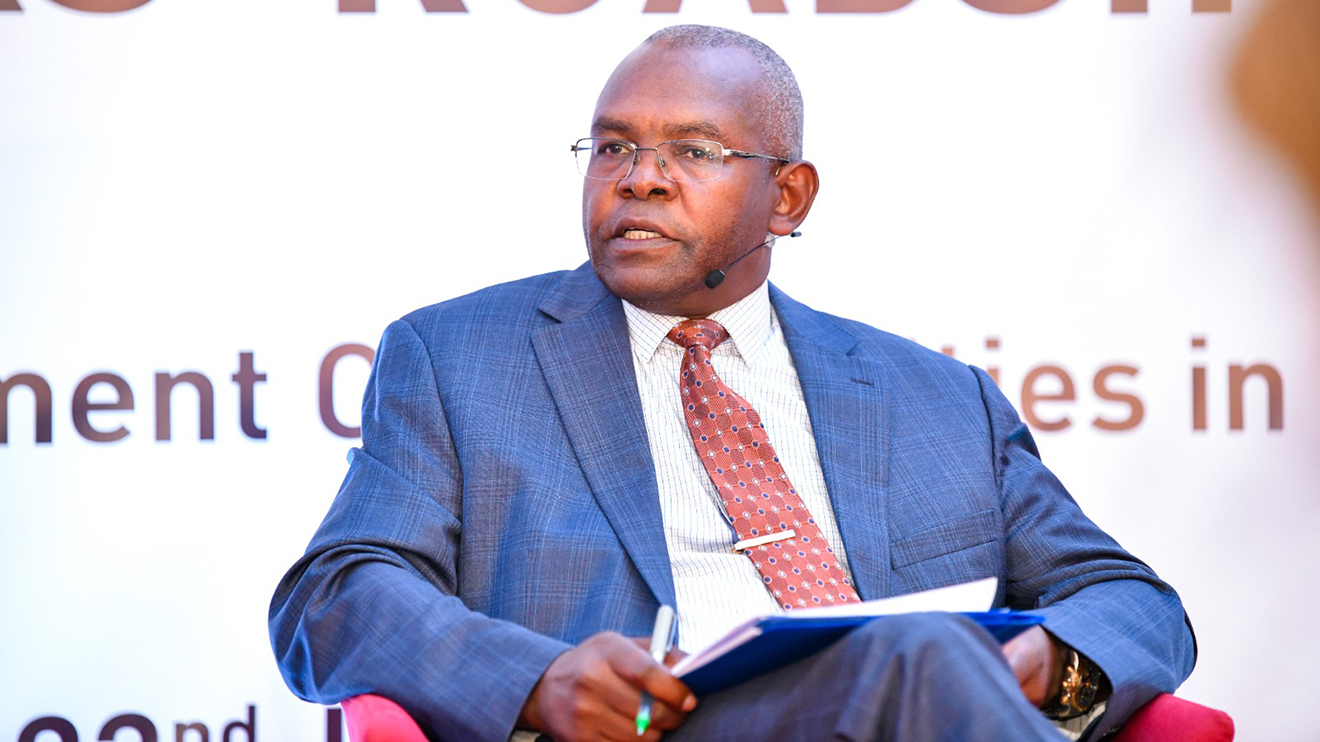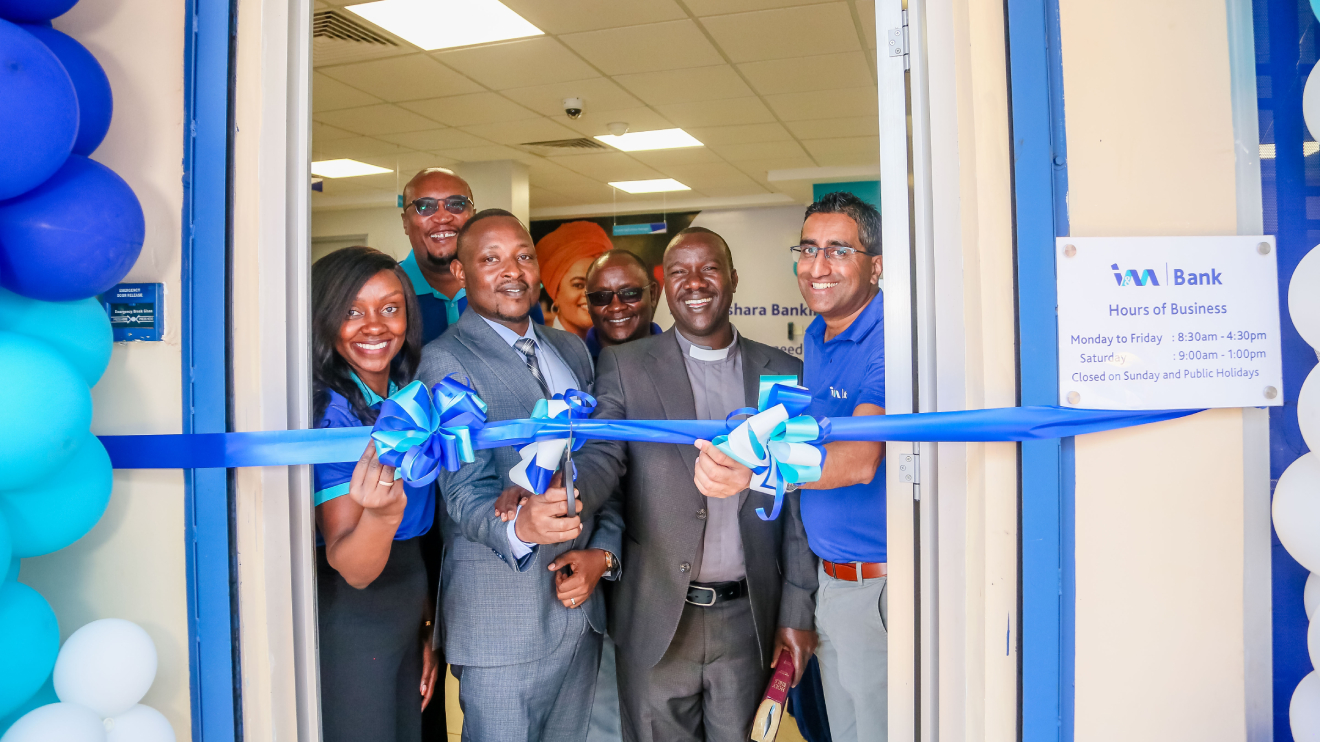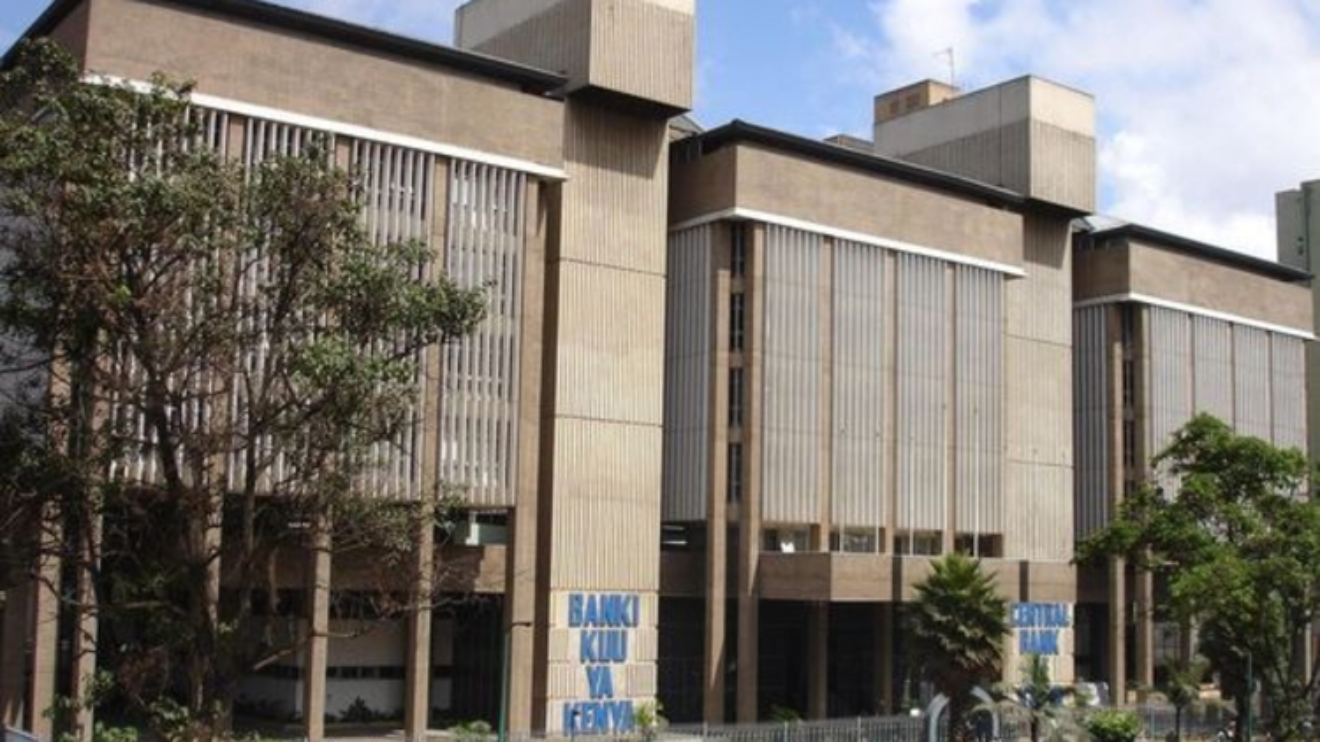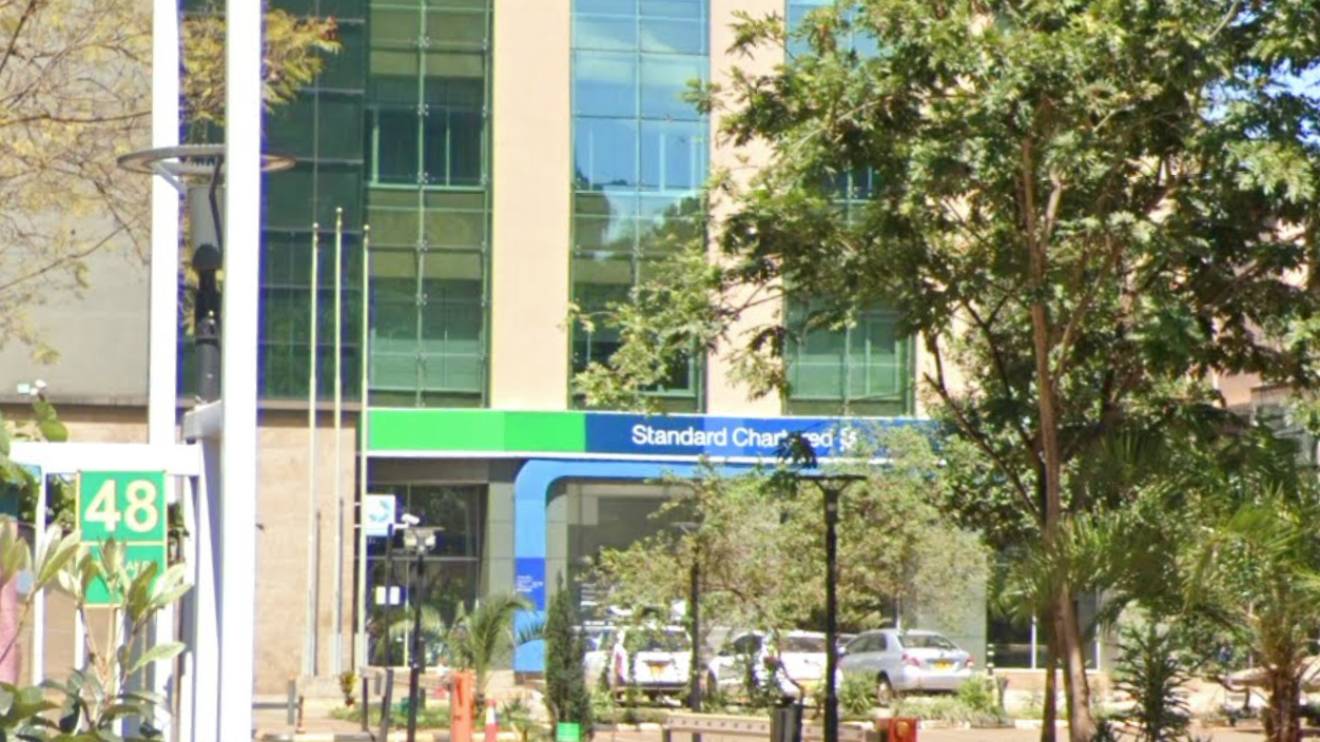Kenyans are bracing for tough financial times ahead as the Central Bank of Kenya (CBK) Monetary Policy Committee (MPC) executes a substantial increase in the base lending rate, soaring from 10.5 per cent to 12.5 per cent.
This drastic move, the most significant in five years, is sending shockwaves through the nation, raising concerns about its potential impact on the average citizen.
With inflation already at a worrisome 6.8 per cent as of November, the CBK's decision to escalate lending rates aims to tackle rising prices and stabilize the Kenyan shilling.
“The MPC therefore concluded that there is need to adjust the monetary policy stance to address the pressures on the exchange rate and mitigate second round effects including from global prices,” CBK said in a statement.
“This will ensure that inflationary expectations remain anchored while setting inflation on a firm downward path towards the 5.0 per cent mid-point of the target range.”
Read More
However, the repercussions are set to be felt by ordinary Kenyans, who now face the harsh reality of increased borrowing costs.
Effective immediately, the lending landscape in Kenya undergoes a significant transformation, with interest rates expected to follow suit.
Historical data indicates an average interest rate of 12.98 per cent since 1991, painting a grim picture for consumers who are already grappling with economic challenges.
Risk loan pricing strategies by major banks may result in some borrowers facing exorbitant rates of up to 28 per cent, significantly impacting their ability to service debts and make essential purchases.
As businesses adjust loan pricing on their portals, the average cost of loans currently stands at a staggering 19.1 per cent.
Unfortunate borrowers may find themselves burdened with effective repayment rates of up to 26.5 per cent on a reducing balance basis, forcing them to dig deeper into their pockets.
The costofcredit.co.ke portal, a collaboration between the Kenya Bankers Association (KBA) and the Central Bank of Kenya, lays bare the true toll of these soaring loan costs on the average Kenyan.
Everyday citizens are left grappling with the immediate consequences of this financial shock, as the cost of living rises and the affordability of essential goods and services diminishes.
Economists are sounding alarm bells, predicting a tsunami of financial strain that could drown businesses seeking credit for expansion, potentially stifling job creation.
Despite assurances from the CBK MPC about closely monitoring economic ripple effects, the reality on the ground is a growing sense of financial insecurity among Kenyan households.
As Kenyans navigate the aftermath of this financial upheaval, they face an uncertain future, with the CBK MPC scheduled to reconvene in February 2024.
The looming question remains: how will the average Kenyan weather this storm of economic challenges and increased financial burdens?








-1757457290.jpg)

